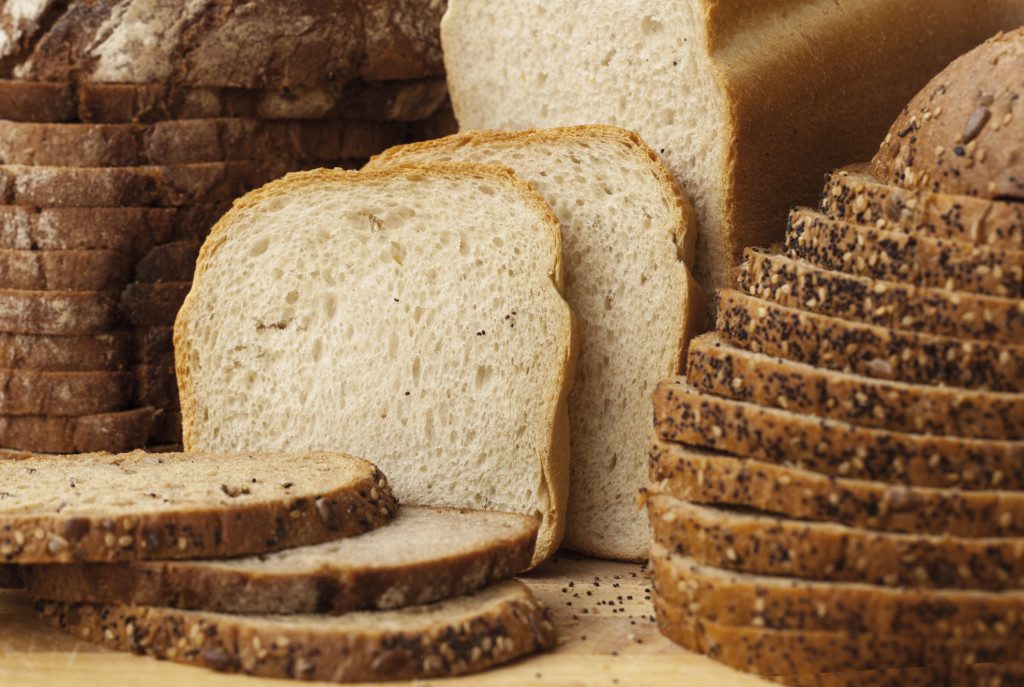Debunking the most common endurance sport nutrition myths
Your nutrition questions, answered

Good nutrition habits are a key factor in a successful runner’s routine, but what are considered “good” nutrition habits is a hotly disputed topic. The International Journal of Sport Nutrition and Exercise Metabolism has put together a table that clarifies some nutrition fads, protocols and dietary approaches so that runners and coaches can have a better understanding of how to fuel their goals. Here’s an overview of their guide to diet in endurance sport.

RELATED: Tips for managing emotional eating
High carbohydrate availability diet
The myth: High carb diets are necessary for all runners.
The truth: The high carbohydrate availability diet is what most endurance athletes will aim to use, but it’s not the only option. This diet follows lots of the traditional principles of endurance sport nutrition, which state that runners have consistently high fuel demands, which should largely be supported by carbs. This diet aims to meet the fuelling demands of runners (meaning, you’re replacing the calories you’re burning) and is not designed for weight loss. Most runners would need to be taking in three to 12 grams of carbohydrate per kilogram per day to achieve “high availability.”
While this diet is ideal for lots of runners, there are case-by-case scenarios where others would be more appropriate.

Non-ketogenic low-carbohydrate high-fat diet
The myth: The keto diet improves endurance in runners.
The fact: Even though this diet does effectively double rates of fat oxidation, it’s not actually associated with improved endurance performance (except in some isolated scenarios).
Th non-ketogenic low-carbohydrate high-fat diet (also known as LCHF) is often conflated with the ketogenic diet (keto for short). It differs from the keto diet because it allows for 15 to 20 per cent of a runner’s daily intake to come from carbs, whereas the keto diet allows for less than 5 per cent. For some context, that’s under 125 calories a day from carbs if you’re consuming a total of 2,500 calories and adhering to keto rules.
Concerns that are associated specifically with the keto diet are: restricted food varieties, which can reduce the nutrition density of a diet, and the inability to support high exercise rates, like those found among endurance athletes.
RELATED: The ketogenic diet: here’s the skinny for runners

Running fasted
The myth: Running fasted will help you get fitter faster.
The fact: There’s no current evidence that fasted running, on its own, leads to performance benefits. A fasted run means running on an empty stomach, first thing in the morning, or running over six hours after your last meal or snack (without eating anything during your run). Your run would need to last at least 45 minutes to see any response from your body–for runs of under 45 minutes, it’s not doing anything.
RELATED: Debunking myths about fasted running

Fat adaptation
The myth: Fat adaptation is for weight loss.
The truth: Fat adaptation can be useful for runners whose event lasts upwards of eight hours–but the research is limited. In order for runners to become fat adapted, they have to limit their carbohydrate intake to 15 to 20 per cent of daily diet for five days before one day of normal carb intake. This can leave the runner’s body in a fat adapted state, which means they’re able to burn fat instead of carbs while running. But ultimately, this diet has nothing to do with weight loss and has had varying degrees of success.


